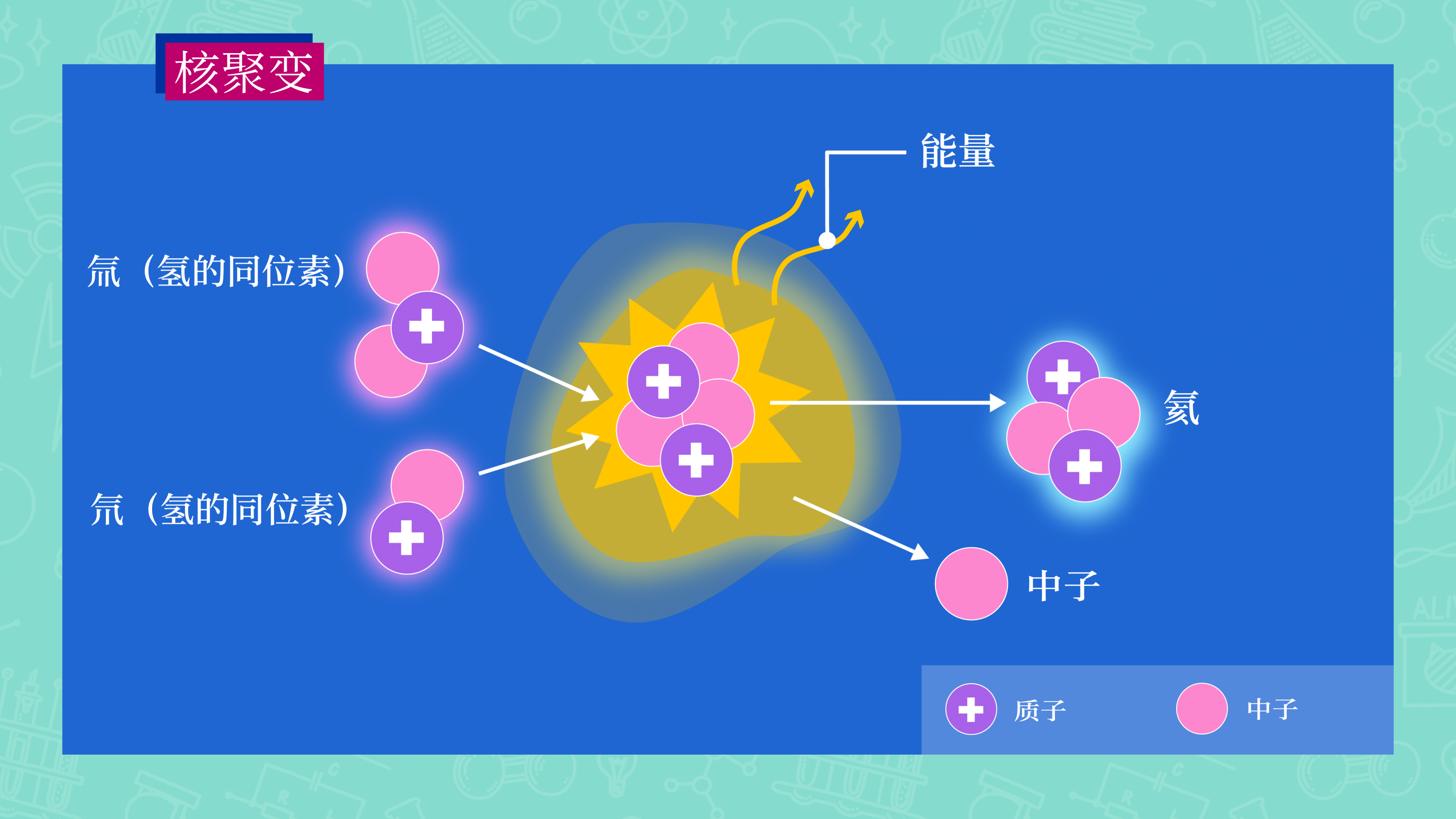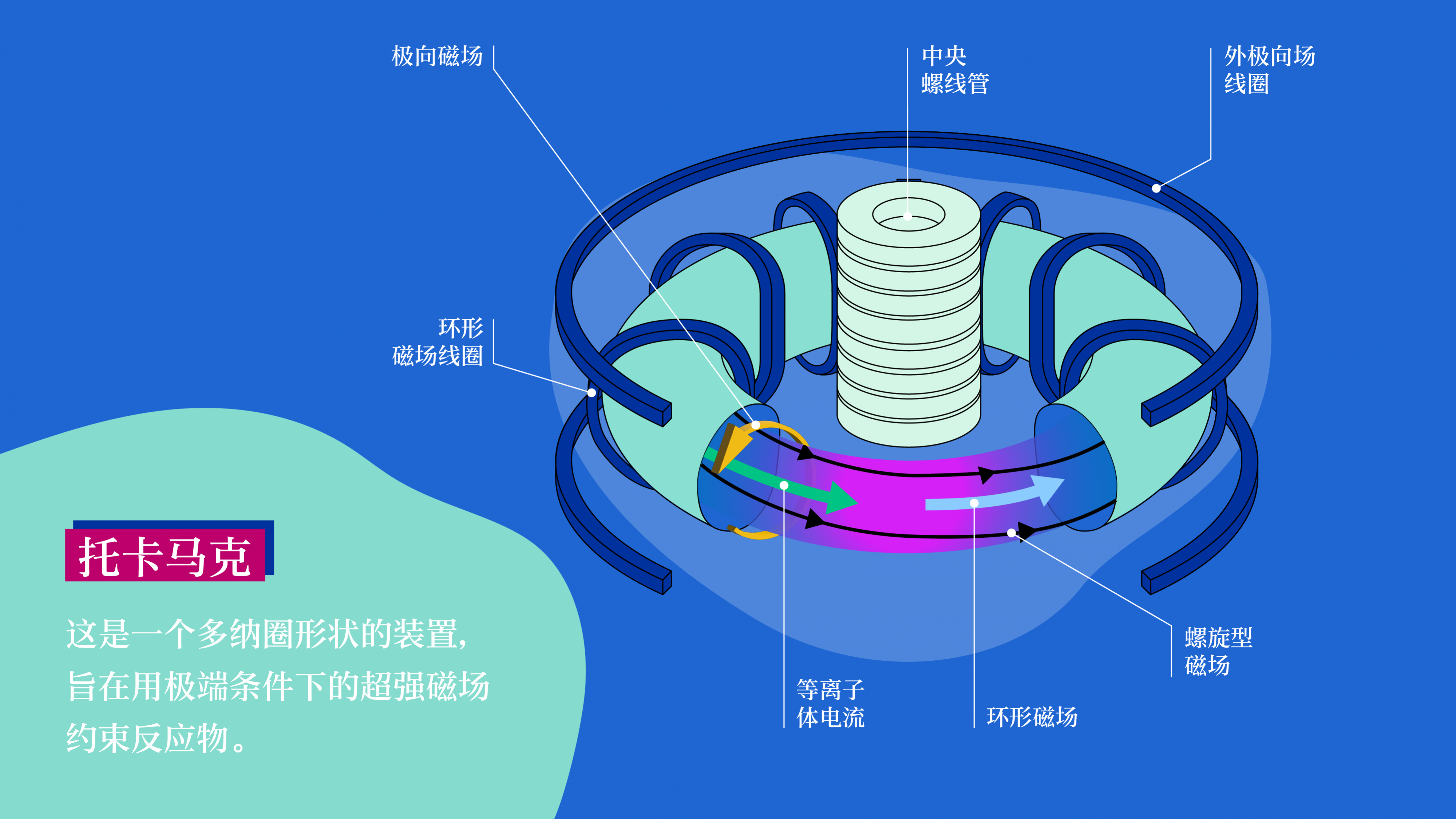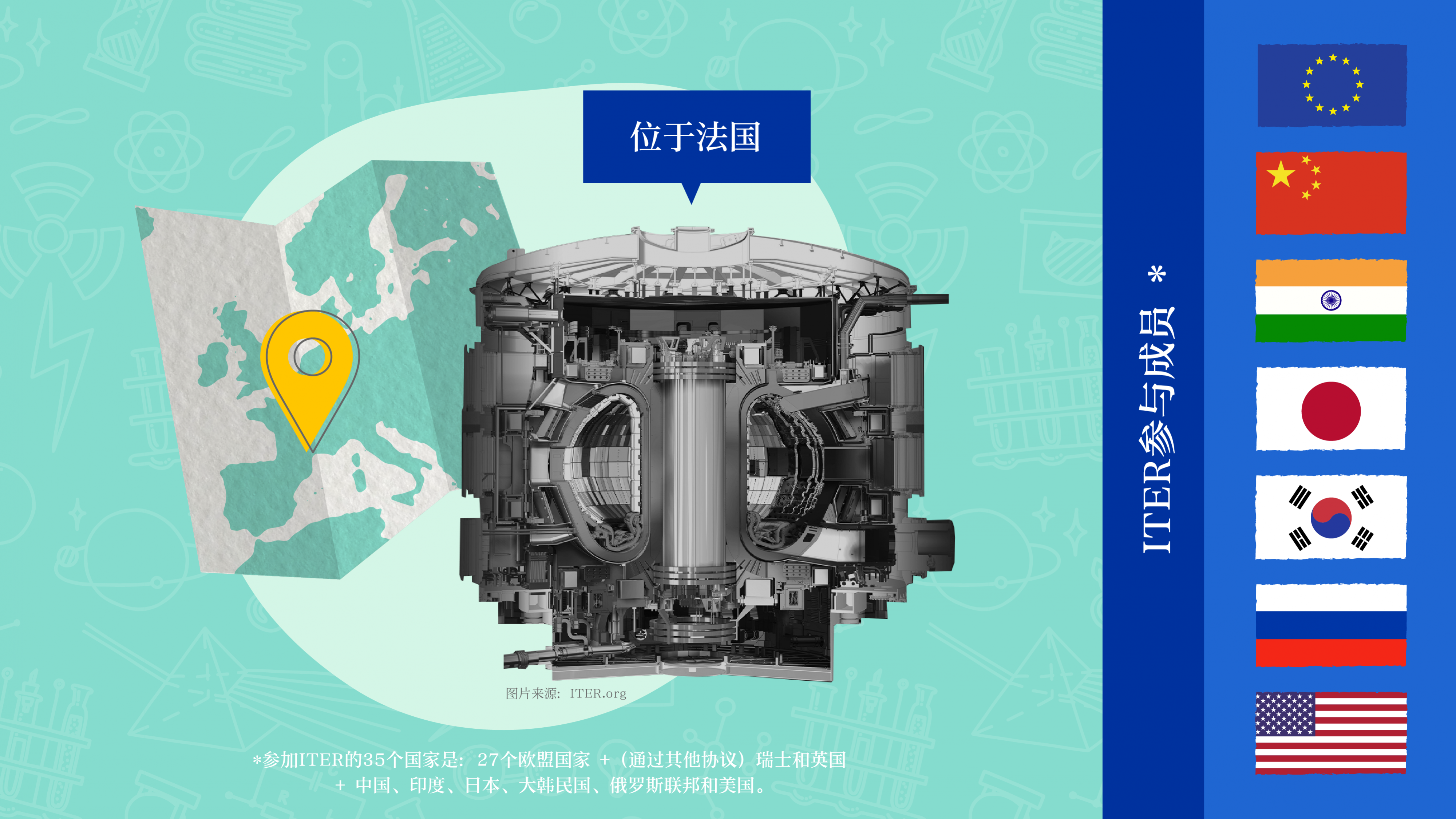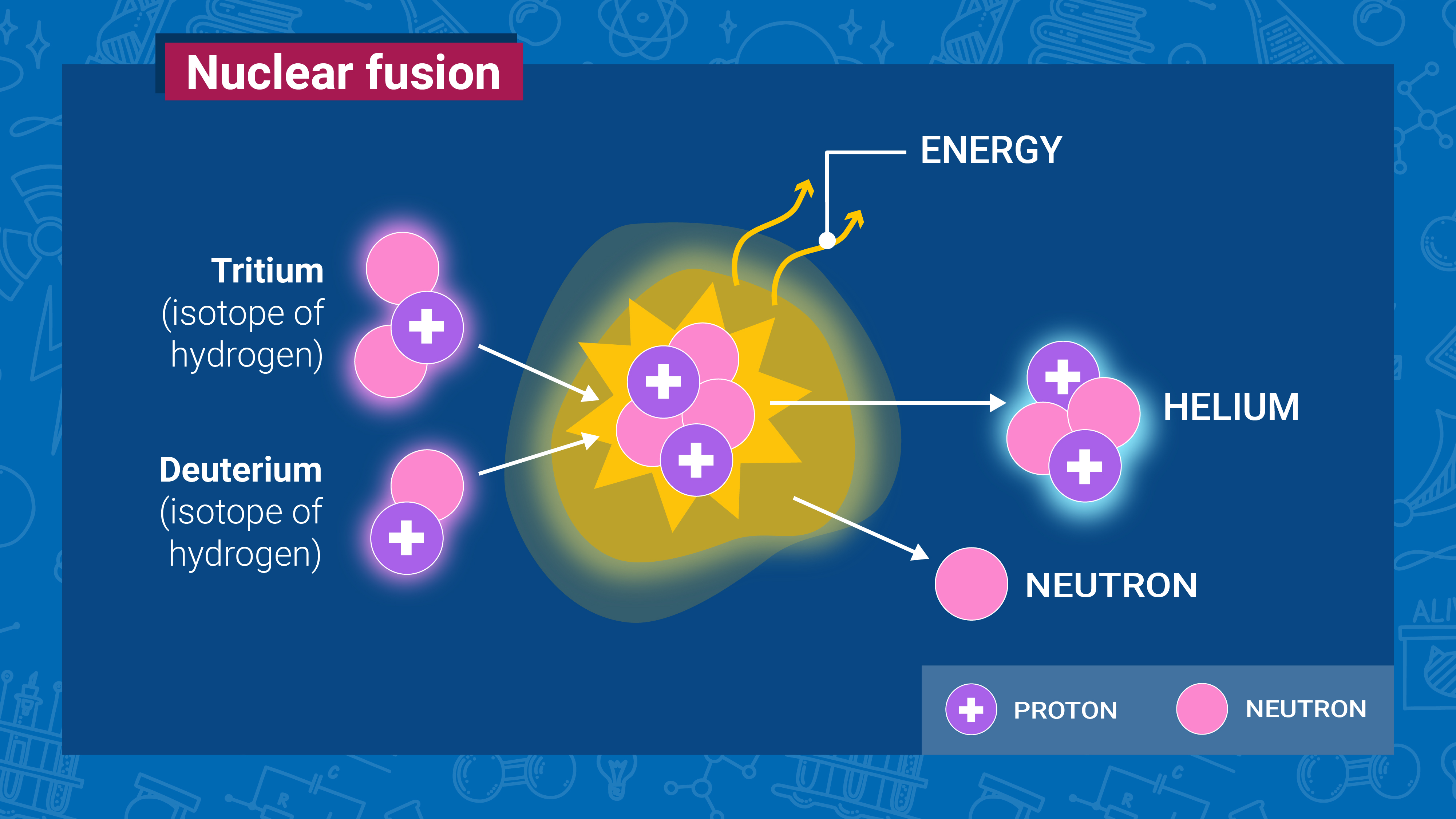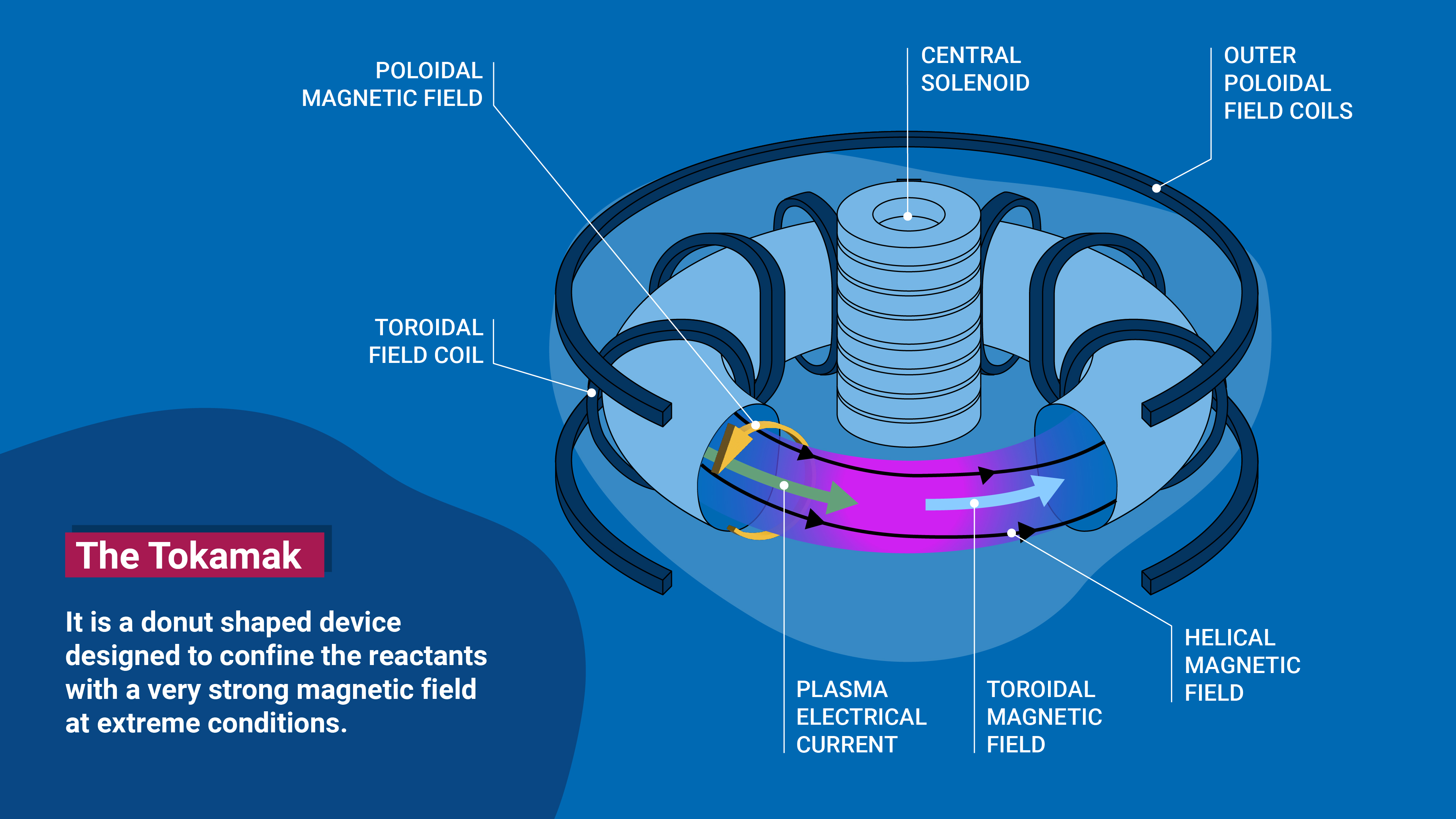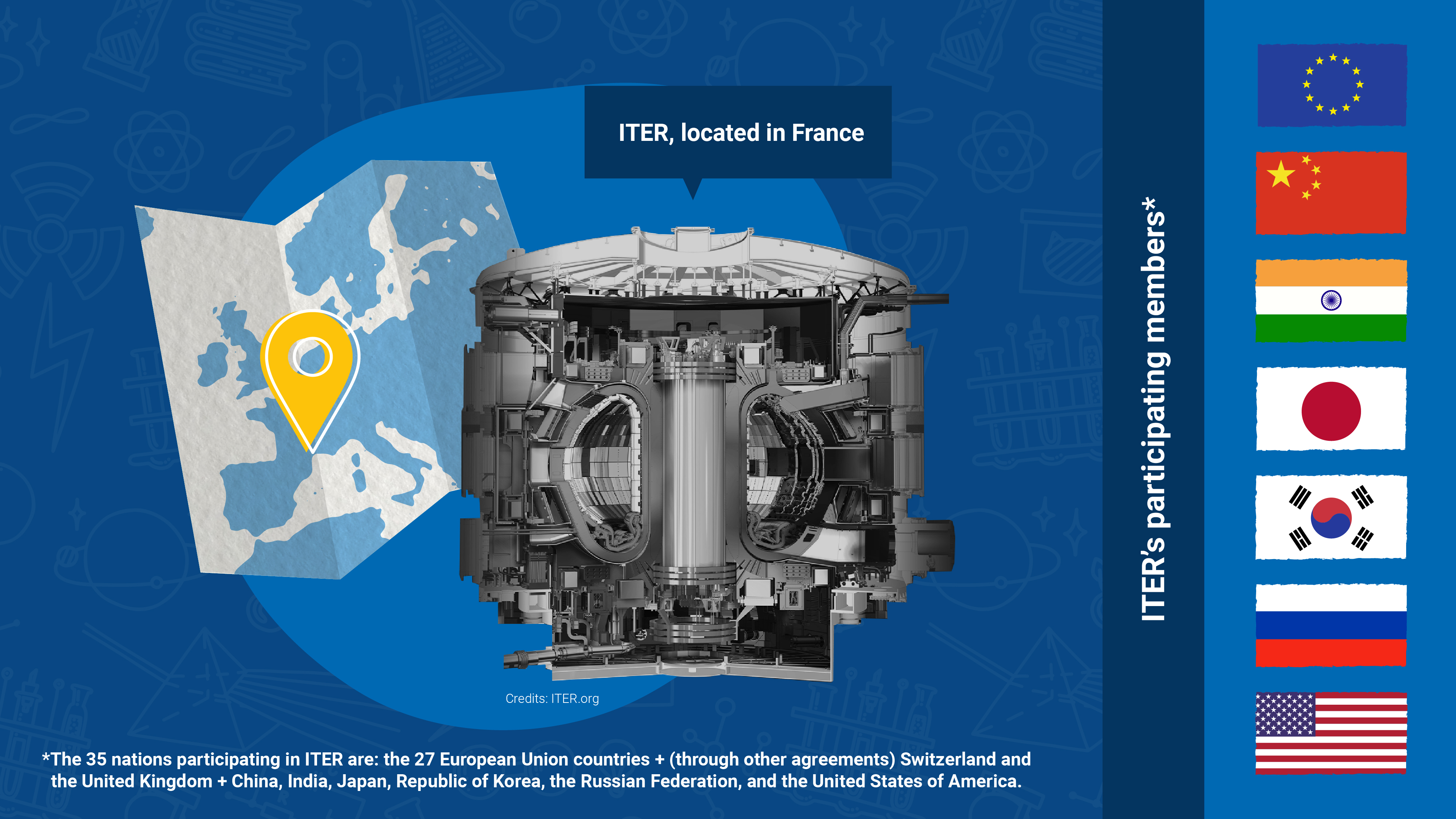Why are the scientists studying fusion energy?
Ever since the theory of nuclear fusion was understood in the 1930s, scientists — and increasingly also engineers — have been on a quest to recreate and harness it. That is because if nuclear fusion can be replicated on earth at an industrial scale, it could provide virtually limitless clean, safe, and affordable energy to meet the world’s demand.
Fusion could generate four times more energy per kilogram of fuel than fission (used in nuclear power plants) and nearly four million times more energy than burning oil or coal.
Most of the fusion reactor concepts under development will use a mixture of deuterium and tritium — hydrogen atoms that contain extra neutrons. In theory, with just a few grams of these reactants, it is possible to produce a terajoule of energy, which is approximately the energy one person in a developed country needs over sixty years.

